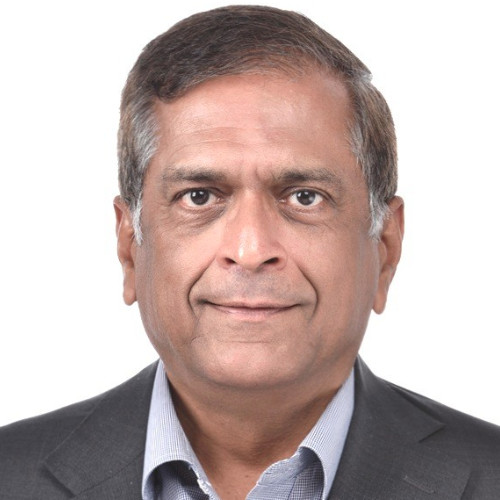Profile
Dr Vinod Kallianpur is an Executive Technical Advisor with Samsung’s EPC (Engineering, Procurement and Construction) business segment that does the engineering, construction and commissioning of power plants as a contractor for projects around the world. He has spent 30+ years on the OEM side of advanced gas turbine technology development with General Electric (aviation and power systems), Mitsubishi (power systems), and AVCO Lycoming(aviation and defense). For the past 6 years he has been with Samsung’s EPC business. He has been involved in several cutting edge gas turbine technology developments, in all phases during his career with OEMs, and is presently involved in EPC implementation of various makes of advanced technology gas turbine models in combined cycle power plant projects worldwide. His broad cross-discipline technical background has been honed from practical experiences. He has worked on several air breathing open-cycle gas turbine technology development programs, including closed-loop steam cooled gas turbines. He also had some involvement with non air-breathing (closed-loop helium)gas turbine technology. He has held several Executive, Vice President and Management positions during his career. He has been a speaker at ASME Turbo Expo, PowerGen, ASM, EPRI, and CEPSI, and has contributed articles in prominent magazines such as Gas Turbine World, Turbomachinery International, and Modern Power Systems. He has been a speaker and author on EPC perspective on new advanced technology gas turbines, and the path for the future. He obtained his Ph.D degree in Mechanical engineering from RPI in Troy New York, and his undergraduate degree in Mechanical engineering from Bombay University.


